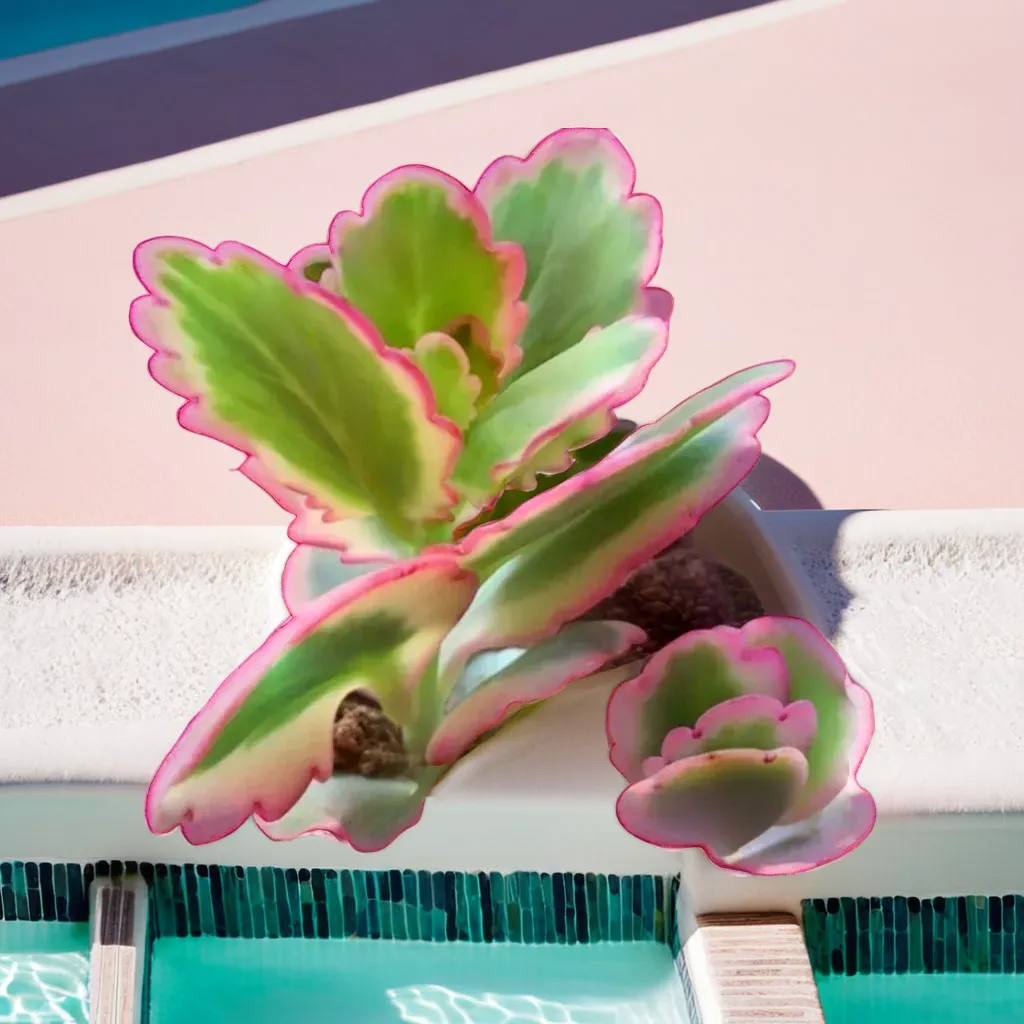Description
Introduction:
Haworthia cymbiformis, also known as Cathedral Window Haworthia, is a charming succulent plant that is highly sought after for its attractive rosette shape and distinctive window-like translucent leaves. If you’re a beginner or a seasoned succulent lover looking to expand your collection, this comprehensive guide will provide you with all the information you need to successfully grow and care for Haworthia cymbiformis.
Section 1: Understanding Haworthia Cymbiformis
1.1 Overview: Haworthia cymbiformis is a small, slow-growing succulent native to South Africa. It features rosettes of thick, fleshy leaves that form a distinctive window pattern, allowing sunlight to penetrate deep into the plant.
1.2 Benefits: Apart from its aesthetic appeal, Haworthia cymbiformis is an excellent choice for indoor gardening. It is known for its ability to purify the air and thrive in a variety of environments, making it an ideal plant for offices, apartments, or small spaces.
Section 2: Growing Haworthia Cymbiformis
2.1 Light Requirements: Haworthia cymbiformis thrives in bright, indirect light. Place it near a window where it can receive moderate to bright light, but avoid direct sunlight, as it can scorch the leaves. If growing indoors, provide it with supplemental grow lights to ensure it receives adequate light.
2.2 Temperature and Humidity: This succulent prefers moderate temperatures between 65-80°F (18-27°C). It can tolerate slightly higher temperatures but should be protected from frost or extreme heat. Haworthia cymbiformis can adapt to average indoor humidity levels, but it appreciates slightly higher humidity. Mist the plant occasionally or place it on a tray of water-filled pebbles to increase humidity around the plant.
2.3 Watering: Haworthia cymbiformis has low water requirements and is susceptible to root rot if overwatered. Allow the soil to dry out completely between waterings. Water the plant deeply and then let the soil dry out before watering again. During winter, reduce watering frequency as the plant goes into a dormant period.
2.4 Soil and Potting: Use a well-draining potting mix specifically formulated for succulents or cacti. Alternatively, create your own mix by combining regular potting soil with perlite or coarse sand to ensure good drainage. Choose a pot with drainage holes to prevent waterlogging, as excess moisture can lead to root rot.
2.5 Propagation: Haworthia cymbiformis can be propagated through offsets or leaf cuttings. Offsets are small plants that form around the base of the mother plant. Gently separate the offsets and plant them in their own pots with well-draining soil. For leaf cuttings, allow the cut end to dry for a day or two, then plant the leaf in a moist, well-draining soil mix. Keep the soil slightly moist until new plants sprout.
Section 3: Maintenance and Care
3.1 Fertilization: Haworthia cymbiformis is a low-maintenance plant and has minimal fertilizer requirements. Feed it with a balanced, water-soluble succulent fertilizer diluted to half the recommended strength. Apply the fertilizer once every 2-3 months during the growing season (spring and summer). Avoid fertilizing during the winter months.
3.2 Pruning: Pruning is generally not necessary for Haworthia cymbiformis. However, you can remove any dead or yellowing leaves by gently pulling them off at the base of the plant.
You can also visit our store to buy succulents online , buy succulent planters, buy fertilizers online with various types of indoor plants and hardy succulents . You can refer to our informational site for more details about plant varieties.Click here for agricultural knowledge information.







